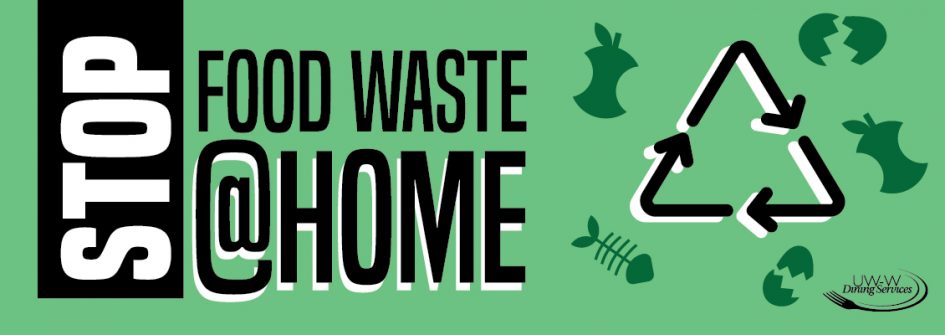Food waste is a growing problem in the United States. Up to 40% of food is wasted, yet one in eight Americans struggles with having enough food on the table. By reducing food waste, you can save money, positively impact the environment, and support your community. Check out the tips below to help you reduce food waste.
PLAN AHEAD
• Plan your weekly grocery list around your weekly meals. Buy only what you need.
• Include quantities on your shopping list to avoid over-purchasing fresh items.
• Check your refrigerator and pantry prior to making your grocery list to avoid buying food you already have. Craft your meals around food that needs to be used up.
STORE FOOD PROPERLY
• Learn how to properly store your produce to ensure that they last longer. Not all fresh fruit and vegetables need to be stored inside your refrigerator to maintain maximum freshness.
• Store bananas, apples and tomatoes by themselves, and store other fruit and vegetables in separate bins.
• Try your hand at freezing, preserving, or canning any extra fruits and vegetables, especially when they are in season!
• Freezing food can extend the typical lifespan of food. Avoid freezer burn by packing your food with all the air pressed out. Label bags with the date.
GET CREATIVE IN THE KITCHEN
•Produce past its prime? Think outside of the box and use them to make soups, casseroles, stir-fries, sauces, baked goods, or smoothies.
•Use edible parts of food that you normally do not eat in another recipe. For example, use stale bread to make croutons, vegetable scraps to make soup stock, or broccoli stalks in slaw or a stir fry.
DONATE FOOD
Donate to local food pantries, food banks, and food rescue programs that collect and redistribute food to those in need. Call to see what items they accept.
COMPOST YOUR SCRAPS
• Instead of tossing your food scraps into your waste bin, try your hand at composting. Composting keeps materials out of the landfill and helps prevent greenhouse gas emissions.
• You can compost indoors by using a special compost bin that is easily found at local hardware stores, gardening stores, or you can even try to make one yourself.
• Many communities collect composted food materials. Check with your local municipal waste management district to learn more.
• Composted materials enrich the soil and reduce the need for chemical fertilizers.
CHECK FOR QUALITY
Get kitchen savvy by learning the difference between “sell-by,” “use-by,” “best-by” and expiration dates. They are not all one and the same.
BEST IF USED BY/BEFORE: Indicates a product will be of the best flavor or quality. It is not a purchase or safety date.
SELL-BY: Tells the store how long to display the product for sale for inventory management. It is not a safety date.
USE-BY: The last date recommended for the use of the product while at peak quality. It is not a safety date.
Sources: www.fsis.usda.gov, www.usda.gov, and www.epa.gov

Leave a Reply